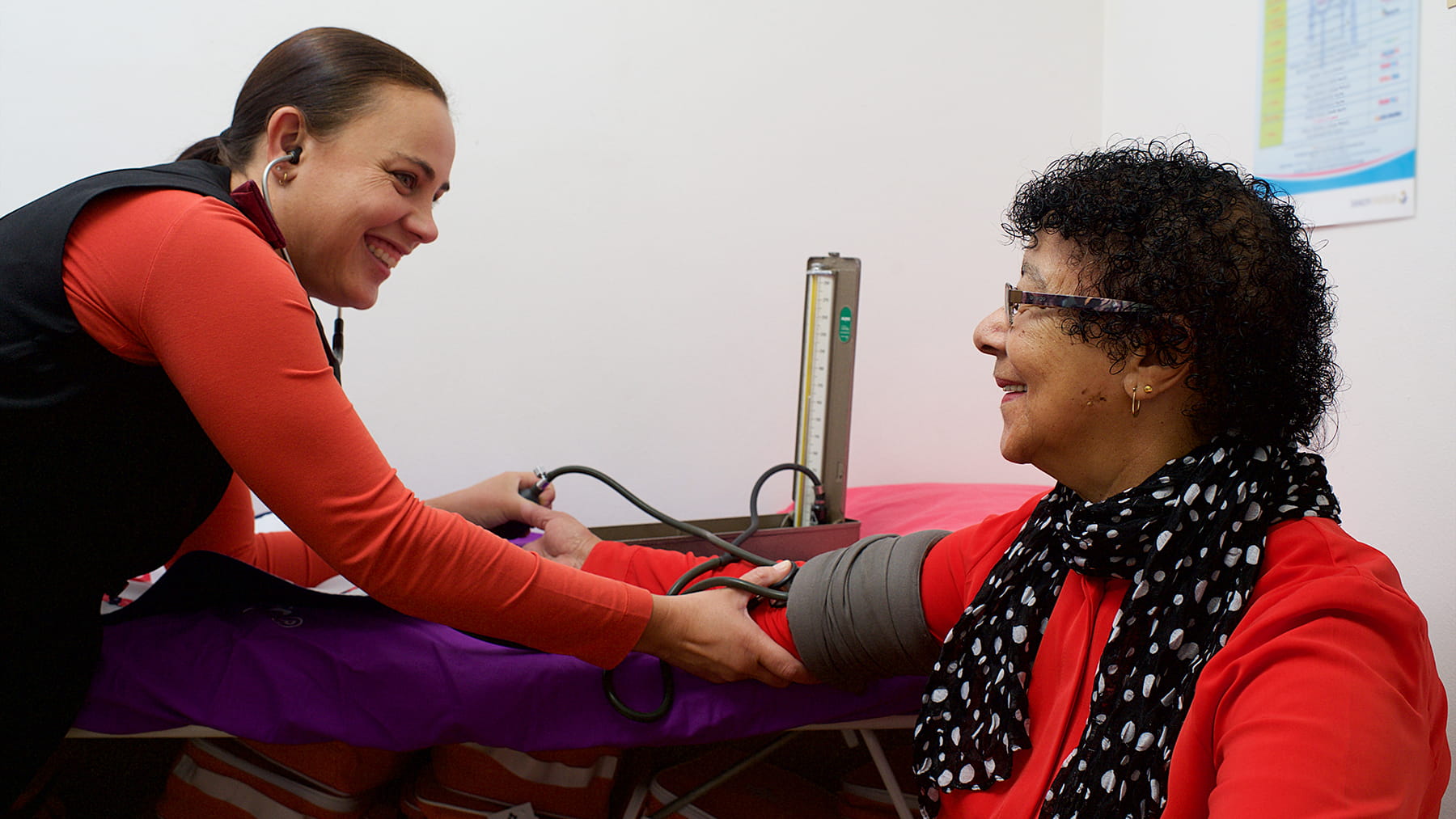8 ways to protect yourself from a stroke
 More than 130,000 Americans die from strokes each year – that’s about one out of every 20 deaths in the United States. Yet most strokes can be prevented with medication and healthy habits.
More than 130,000 Americans die from strokes each year – that’s about one out of every 20 deaths in the United States. Yet most strokes can be prevented with medication and healthy habits.
An ischemic stroke occurs when the blood supply to your brain is blocked, eventually killing brain cells. Some risk factors for stroke, such as age, race/ethnicity or gender, can’t be changed, but there are many risk factors that are modifiable with medication and/or lifestyle adjustments. Managing your risk factors can reduce your chance of having a stroke in the future.
1. Treat your heart conditions
Cardiovascular problems greatly raise the odds for stroke. One reason for this is that risk factors for heart disease and stroke are similar; many lifestyle changes that benefit your heart also will reduce stroke risks.
Atrial fibrillation especially increases stroke risk. If you have this irregular-heartbeat condition, you’re five times more likely to have a stroke. But those diagnosed do have several treatment options.
2. Regulate your blood pressure
Normal blood pressure is less than 120/80, while 130/80 or higher is considered high. When blood presses against the walls of your arteries too powerfully, it can weaken them and lead to stroke.
You can lower your blood pressure by getting regular exercise, quitting smoking, maintaining a healthy weight, managing stress, eating a healthy diet and limiting your salt intake to one teaspoon a day. Your doctor may also decide to prescribe blood pressure medication.
3. Check your cholesterol
Cholesterol can form plaque that attaches to the walls of your arteries, narrowing the channels for blood flow. Elevated LDL (also known as “bad cholesterol”) has been shown to be a risk factor for stroke. In stroke patients, we recommend targeting a goal LDL of less than 70 mg/dL.
You can lower your cholesterol by reducing alcohol and salt intake, maintaining a healthy weight, exercising regularly and eating foods high in soluble fiber, such as legumes, whole grains and some fruits. Prescribed medication also can help manage cholesterol.
4. Control diabetes
Over time, high blood sugar caused by diabetes can damage blood-vessel walls, limiting blood flow.
Monitoring blood sugar and treating your diabetes with medicine as directed by your doctor is vital. A balanced diet and regular exercise also can help keep diabetes under control.
5. Lose weight
Being overweight or obese is linked to high cholesterol, high blood pressure and diabetes, all contributing factors for stroke. Doctors typically recommend a body mass index (BMI) of 25 or lower (you can find your BMI using the National Institute for Health’s online calculator).
6. Quit smoking
Smoking can damage blood vessels, increase plaque buildup in blood vessels, make blood more likely to clot, and cause blood vessels to narrow and thicken. If you don’t already smoke, don’t start. And if you do smoke, quit as soon as possible.
7. Get regular exercise
Being physically inactive contributes to high cholesterol and blood pressure, as well as obesity, which can lead to even more health problems that increase your risk for stroke.
The Centers for Disease Control and Prevention (CDC) recommend two hours and 30 minutes of physical activity each week for adults. The exercise can be as simple as a brisk walk.
8. Limit alcohol consumption
Drinking too much alcohol can raise your blood pressure. The CDC recommends no more than two drinks per day for men or one drink per day for women.
Vivien Lee is a neurologist and medical director of the Comprehensive Stroke Center at The Ohio State University Wexner Medical Center and a professor at The Ohio State University College of Medicine.




